Be watchful for larvae and signs of turf damage from Hunting Billbugs (Sphenophorus venatus), because this destructive turfgrass pest is on the move! Originating from North America, billbugs can now be found across the Middle East.

Medium-sized weevils, characterised by the distinctive elongated snout or bill at the front of the head. Larvae look like small white grubs, but weevil larvae have no legs. If you find small, white grub-like larvae in your turf, have them identified by an expert to ensure you know which species you’re dealing with.
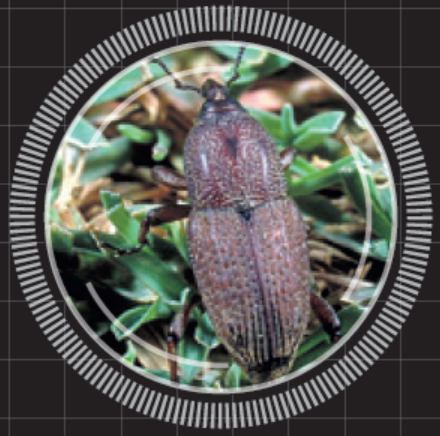

Damage most often appears in mid-summer into the autumn, but in some cases high numbers of overwintering larvae can continue to feed on winter-dormant turf. When it is supposed to green up and grow the following spring, large dead areas can appear or turf may be slow to begin growing.

Adults can generally be found at the base of grass plants, on the thatch surface, or walking across the turf surface, usually in the late afternoon or at night. Larvae are usually located in the soil-thatch zone.
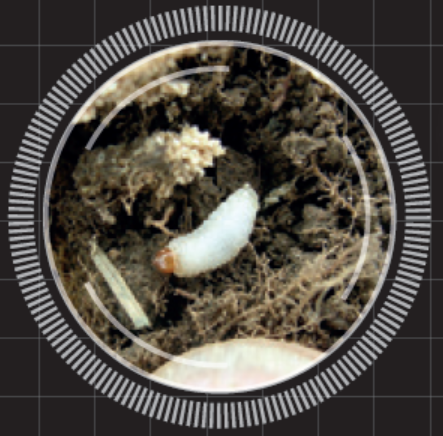

Both adults and larvae can cause significant damage. Affected turf can begin to wilt or die out in irregular patches, with as few as three larvae per square foot causing turf dieback in small, localised spots or entire fairways. Stolons are severed so damaged turf often appears to have been chopped up. Rubbing your fingers through the turf yields numerous short pieces of stems and stolons. On inspection with a hand lens, the cut ends look to have been cleanly cut or may have a scooped-out appearance.
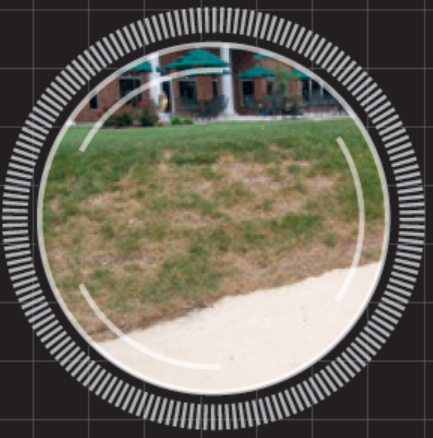

In low to moderate populations, damage can be easily masked if turf is actively growing. Adults can live for several months, enabling their population to significantly increase during warm months, especially where regular irrigation keeps turf actively growing and soil temperatures mediated. Conduct regular adult and larval sampling to prevent populations building up.
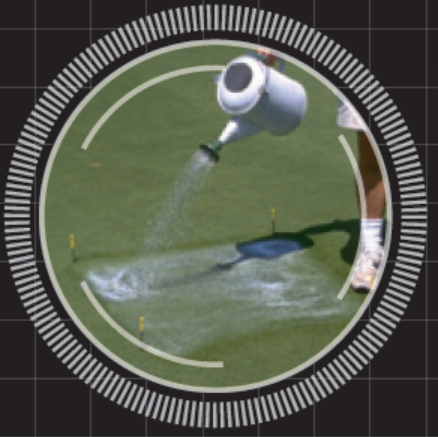
CONTROLING HUNTING BILLBUGS ON YOUR GOLF COURSE
You can choose to target overwintered adults before they lay sufficient eggs to cause visible damage, or to kill the larvae that feed in the upper soil and thatch zones.
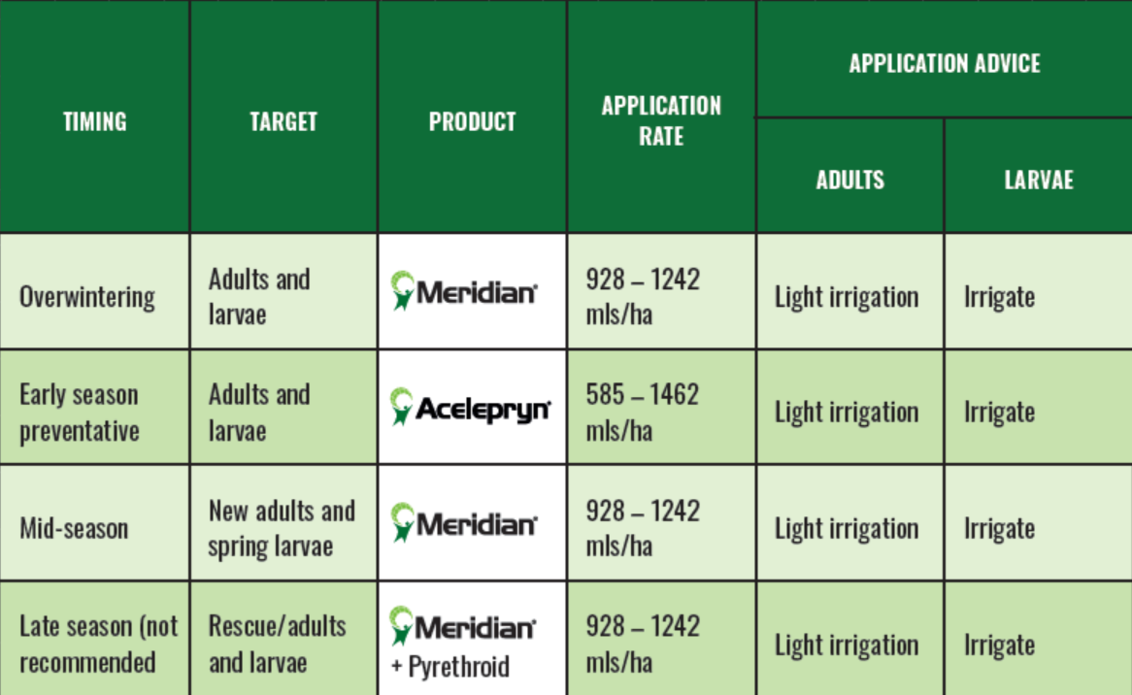
APPLICATION GUIDANCE
When targeting adult billbugs, sprays only need to be lightly irrigated for the active ingredient to reach the thatch surface. When targeting larvae, a greater volume is needed to move it to the soil thatch interface. Manage the thatch layer so it doesn’t exceed 1cm and ensure it is moist before application. Where it is dry, use a wetting agent and irrigate for a couple of days prior to application. Irrigate afterwards with 1cm of water per centimetre of thatch for optimal results.
